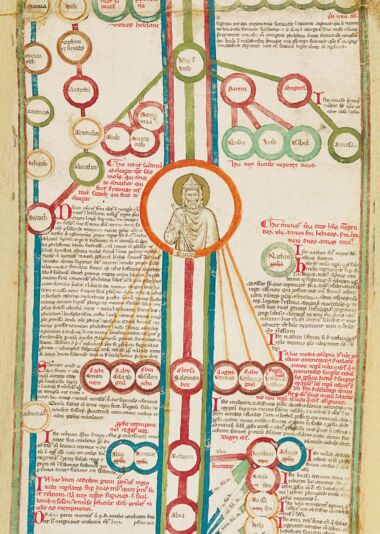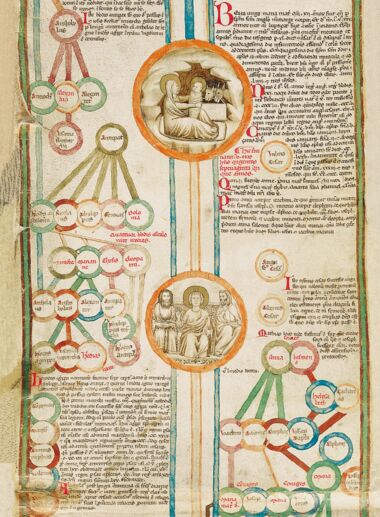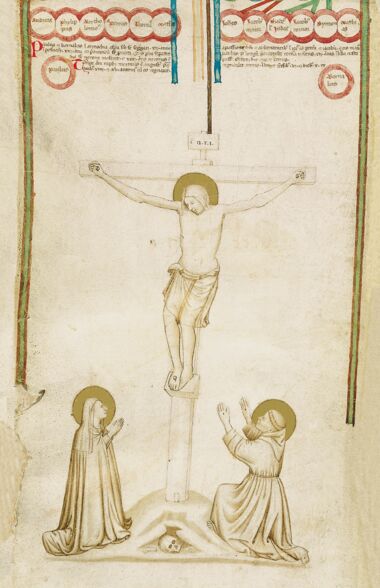Genealogy of Christ
Casanatense Library, Rome
Date: Tuscany (Italy), c. 1320-1340.
Size: 3840 x 193 mm.
Contains suggestive miniatures from the Venetian school bearing the stamp of Giotto.
A Biblical history with illuminated genealogical trees.
Leather case.
Full-color commentary volume (164 p.) by Angela Adriana Cavarra (Director Casanatense Library), Miguel C. Vivancos (O.S.B.), Carlos Miranda (Doctor in History).
Unique and unrepeatable first edition, strictly limited to 987 numbered and authenticated copies.
ISBN: 978-84-88526-49-6
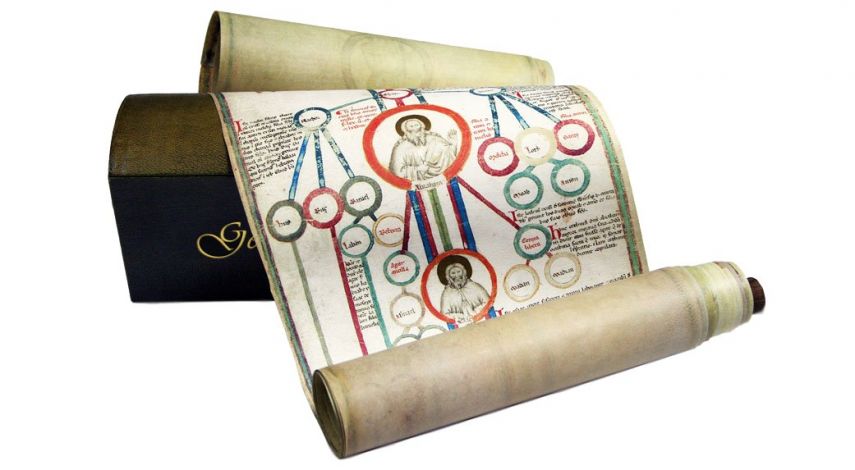
Date: Tuscany (Italy), c. 1320-1340.
Size: 3840 x 193 mm.
Contains suggestive miniatures from the Venetian school bearing the stamp of Giotto.
A Biblical history with illuminated genealogical trees.
Leather case.
Full-color commentary volume (164 p.) by Angela Adriana Cavarra (Director Casanatense Library), Miguel C. Vivancos (O.S.B.), Carlos Miranda (Doctor in History).
Unique and unrepeatable first edition, strictly limited to 987 numbered and authenticated copies.
ISBN: 978-84-88526-49-6
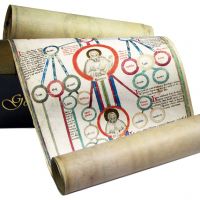
.1_Abram_3_1.jpg)
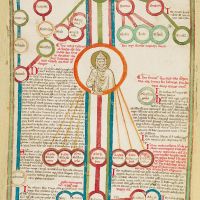
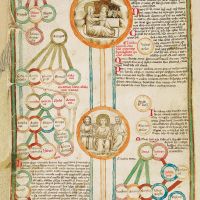
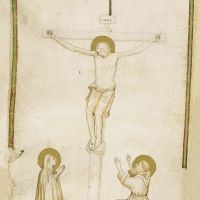

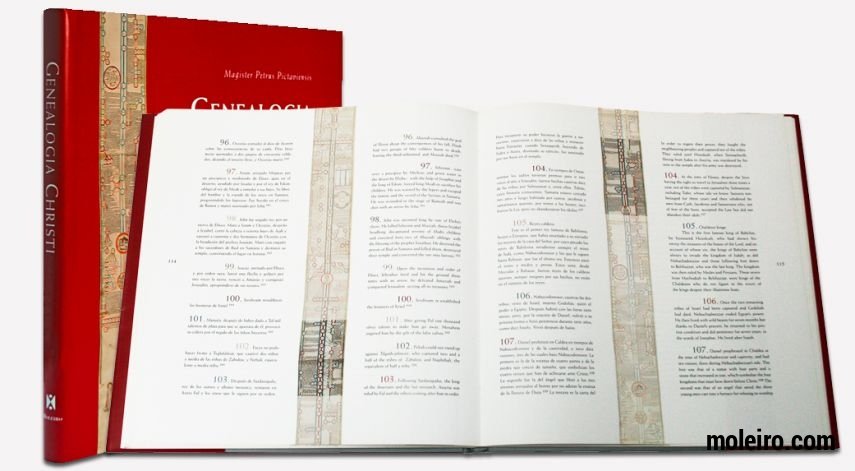

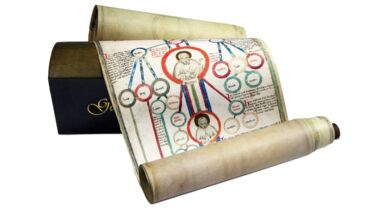
.1_Abram_7_1.jpg)
